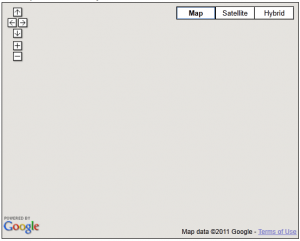Have you ever considered asking a software vendor to put their source code in escrow? I recently broached the topic with a vendor I was evaluating. They didn’t seem too happy about the topic (at first, they were a bit sarcastic [“does Oracle do software escrow?”] and then they deleted tech support forum post). I did a bit of research, and there doesn’t seem to be a clear consensus on software escrow. Here are two interesting articles: Are you just following the herd? and Source Code Escrow.
Just having started thinking about the topic, my thoughts are still up in the air, but here’s my first reaction. Source code escrow makes sense when the following conditions are met:
- The software is not open source (duh)
- The software is or will be crucial to your business
- The company is small or the future of the company is up in the air
- You (the purchaser) have the technical capabilities to support the software should you receive it, or you’re willing to invest in those who can
- You are willing to pay more for source that will be escrowed
I think of source code escrow like a warrenty on a car, or a professional license of open source software (like RedHat or Alfresco). It’s not for everyone (a car mechanic isn’t going to buy the warrenty) but it’s a nice option to have. And, to stretch a metaphor, if you’re going to soup up your car and build a livelihood on it, it’s nice to have a warrenty.

